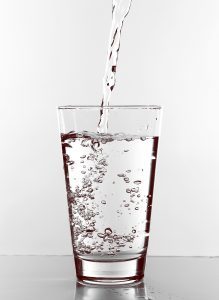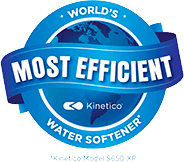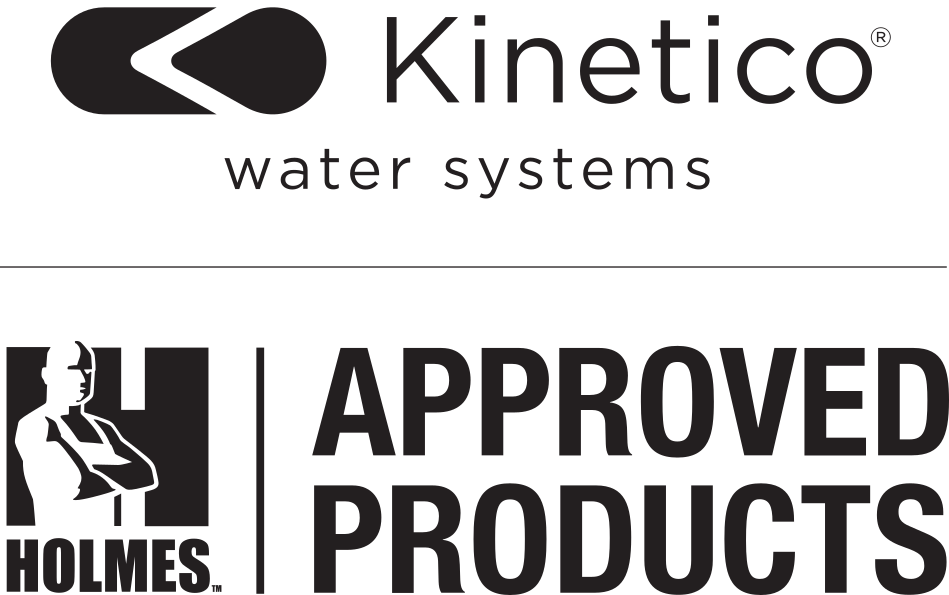At Haferman Water Conditioning, we specialize in supplying water filters to Chaska and the surrounding areas. And, when it comes to water filters, there are many different types to choose from! So what are some popular water filtration methods? Here is a brief rundown of different types of water filters that we sell and install, plus a few of our favorite advantages.
Benefits
- You will save money on bottled water because water filters make your home’s drinking water taste good. You might even notice that you are spending less on soda and juice. You and your family members might be more inclined to grab a glass of tap water instead of a glass of soda or something else.
- These filters are also a good choice for homes with babies or small children because their immune systems are still developing so they might not be able to fight off illnesses that can result from impure drinking water.
- Easy to maintain, water filters are not difficult to care for. A water purification company like Haferman Water Conditioning can recommend the best water filter for your wants and needs.
Types
- UV Filtration. One of the newer types of water filtration, UV filtration systems use ultraviolet radiation to treat your water. UV destroys a variety of bacteria and other toxins, and it can disinfect your water without using heat or any chemical additives.
- Water softeners. Lowers the levels of calcium, magnesium, barium and other contaminants that can build up and cause harm to your water-using appliances. Water softeners can also reduce the amount of soap you use, benefit your hair and skin and eliminate white spots on glassware.
- Dechlorinators. Generally used to help upgrade water softeners, dechlorinators use activated carbon to absorb the sometimes bad odors or tastes that come from chlorinated water. These water filtration systems help reduce the deterioration of rubber seals in your water-using fixtures or appliances, and they can also help with dry hair and skin issues that can result from too much chlorine in your water.
- Reverse osmosis. Water is pushed through a semi-permeable membrane. That membrane then blocks the particles that are larger than water molecules from getting through and keeps them from remaining in your water.










